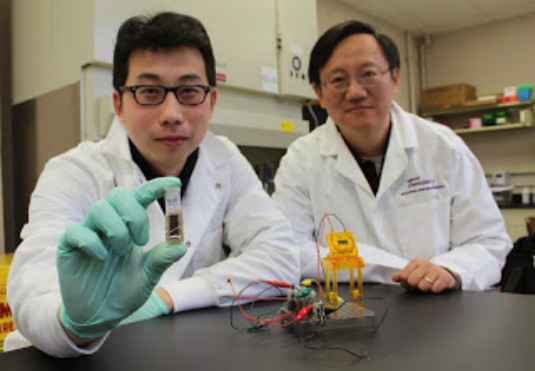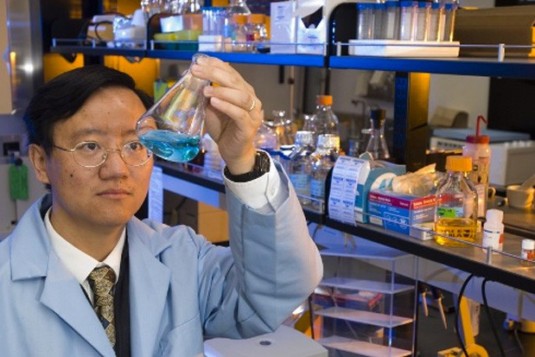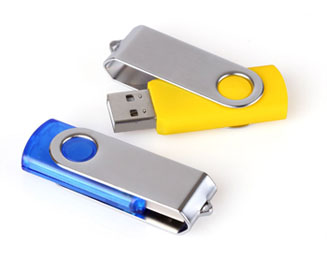The battery of the future will operate with sugar
There is a big chance that battery charging of the future will not operate with electric power, but with sugar! Scientists in the U.S. built an environmentally friendly battery that runs on sugar. It is a very cool and nature friendly idea. Although it is not the first time they attempted this, the new battery is much more energy efficient than any other that has been developed to date. The researchers, led by professor of biological systems engineering Percival Zhang of Virginia Polytechnic Institute, made after publication in the journal Nature Communications, very optimistic that in three years the batteries will be used in mobile phones, computers and tablets various other electronic devices.
Sugar is the perfect substance for energy storage in nature, said Percival Zhang. So it makes sense to try to manipulate this natural ability with an environmentally friendly way to produce a battery. Billions of batteries containing toxic substances discarded each year around the world, constituting a risk to the environment and human health. The researchers developed a series of synthetic enzymes that do not exist in nature, which carry the electric load potential of sugars in an enzymatic fuel cell. Then, other cheap enzymes used as biocatalysts in place of expensive platinum used in conventional batteries.
Like all fuel cells, the sugary battery combines the fuel with the air to produce electricity and water as the main byproduct. It releases all the charges of electrons, which are stored in a solution of sugar, with a slow step by step process, using different enzymes, said P. Zhang. Unlike other fuel cells that use hydrogen or methanol, the solution of the sugar used as fuel feedstock is neither explosive nor flammable and has greater energy storage capacity. Also, both enzymes, and the fuel used is biodegradable. Still, as with the passage of time spent blood sugar of the battery can be extended by adding new fuel, such as glucose, as one refilled ink a license head printer.
By Nicole P.






